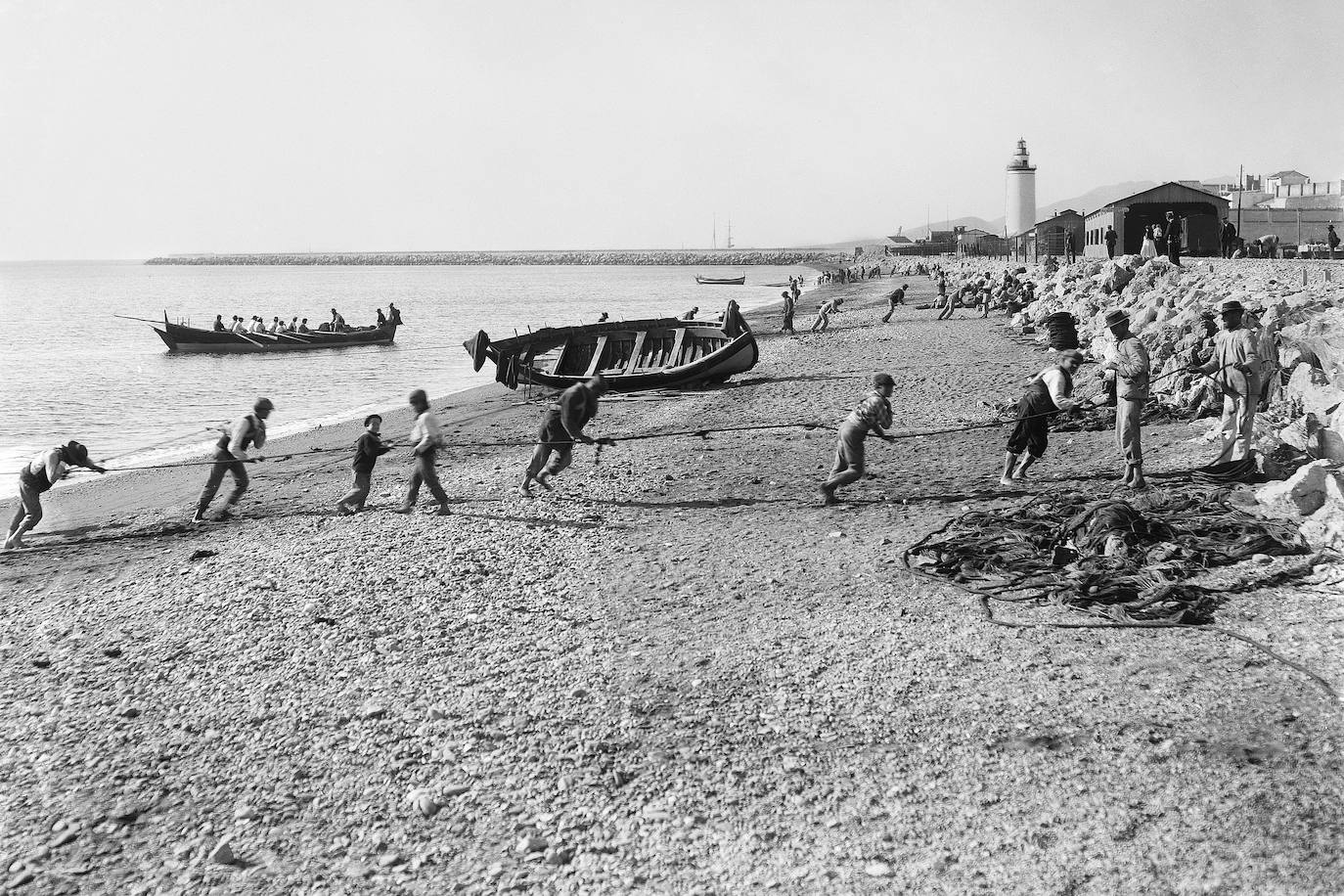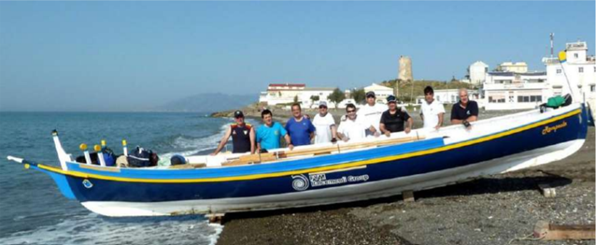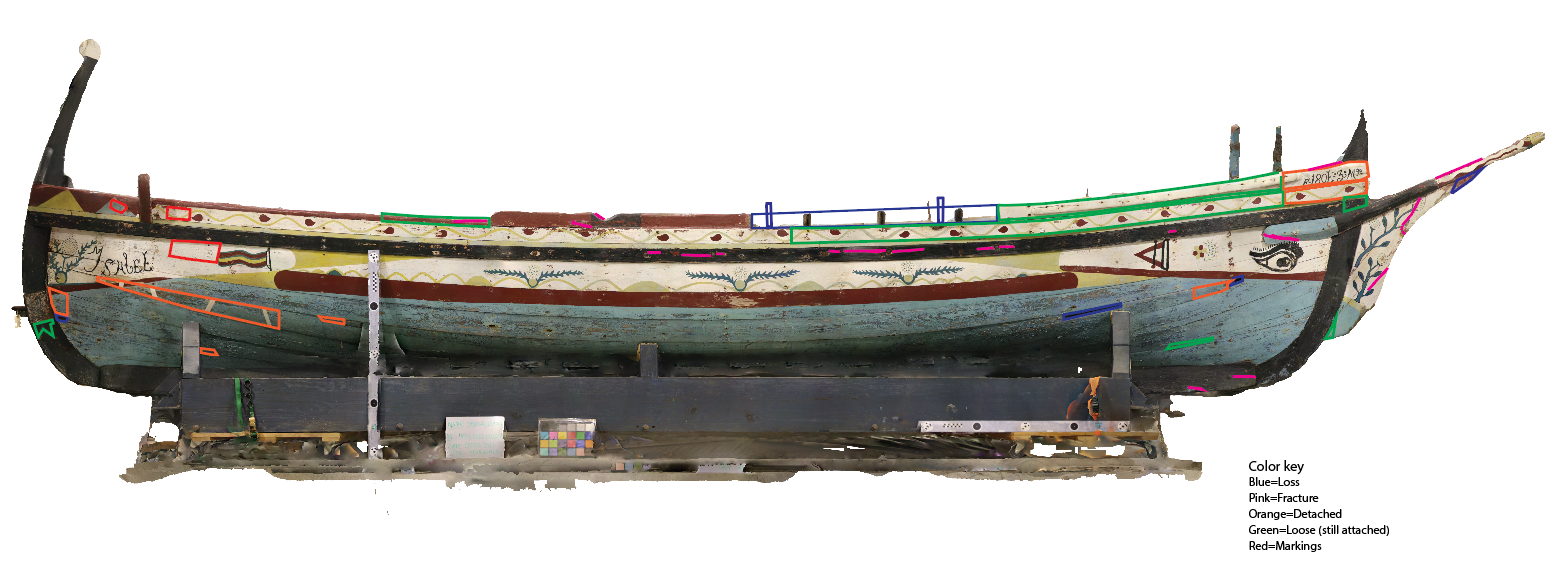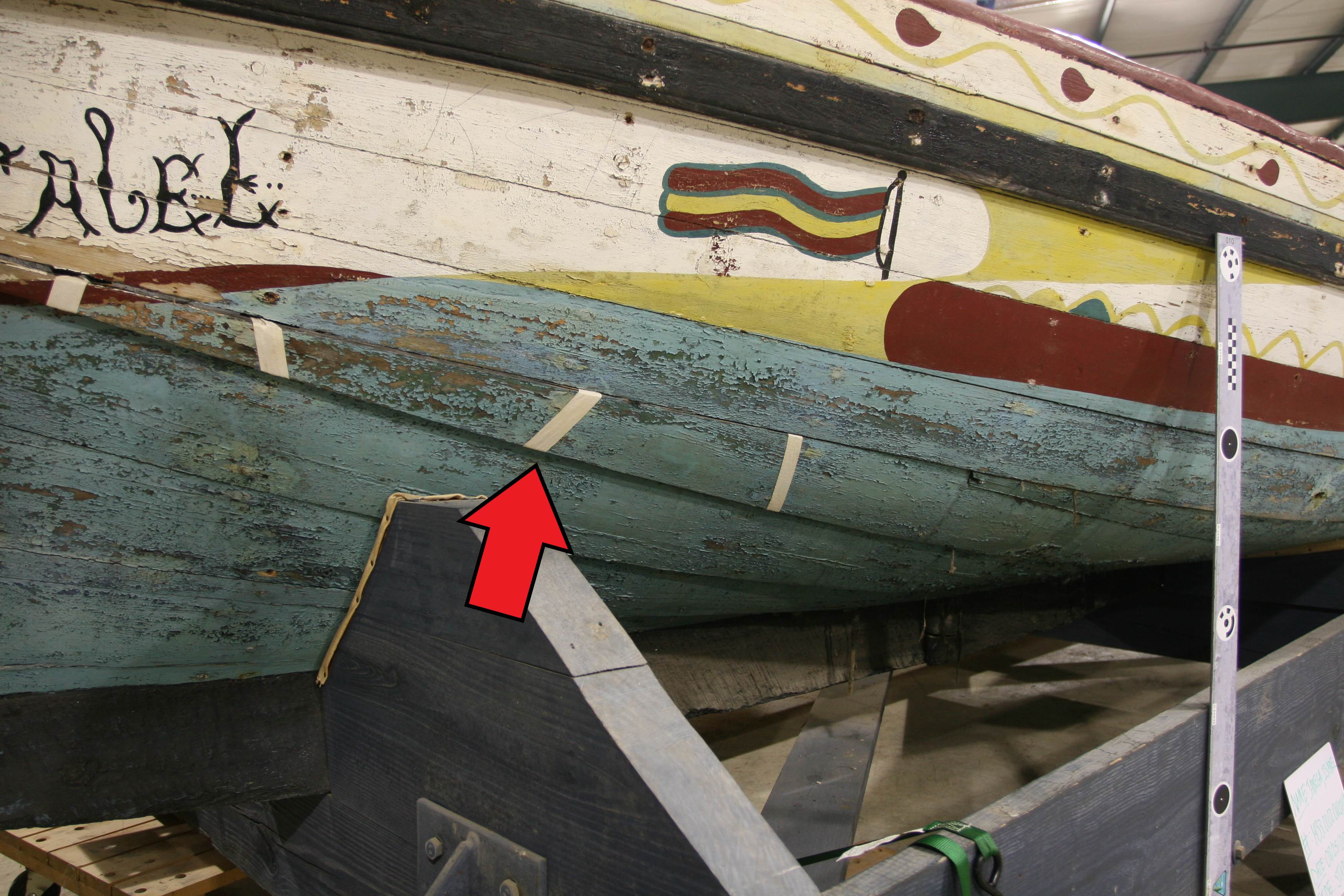Hello again, everyone!
I’m back for my second installment discussing La Isabel project and I can’t wait to tell you about all the progress we’ve made and things we’ve learned! In my first blog, I talked a bit about the plan for this project and starting the first step: documentation. Since then, I’ve been able to transition into the next steps of the project which involve looking more closely at La Isabel’s history, structure, and condition.
History
La Isabel’s history includes two primary parts: (1) construction and use history (2) museum history. Both are important when assessing its condition as they provide insight into what may have impacted its current state and add to our collective knowledge of the vessel.
La Isabel was constructed in 1925, as can be seen prominently carved at the bow of the boat:
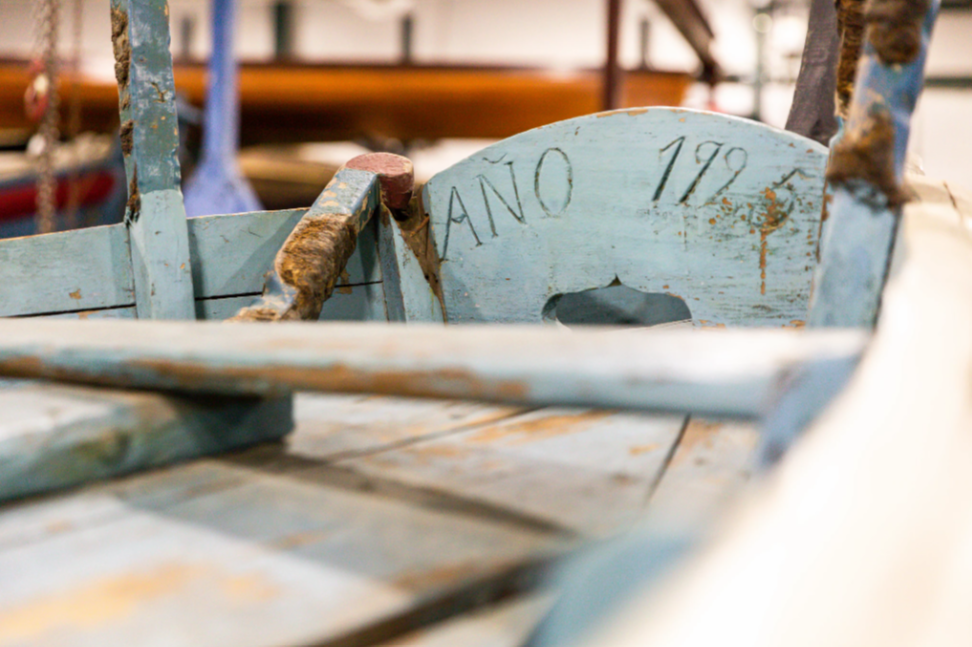
After construction, La Isabel was used for 6 years as part of the Jábega boat fishing tradition. Jábega boats have been used for trawling along the Andalusian coast for centuries and were typically used for anchovy and sardine fishing (González, 2018: 4). The boats were rowed and could be made up of a crew of 15-20 Jabegotes with some aboard the vessel and others remaining on land to assist with activities like launching the boat (González, 2018: 4, 26). The culture surrounding this tradition is significant in Málaga, Spain, where it was particularly prominent, and in which the Jabegotes and their families had distinct traditions, songs, and even lexicon (González, 2018: 22-23).
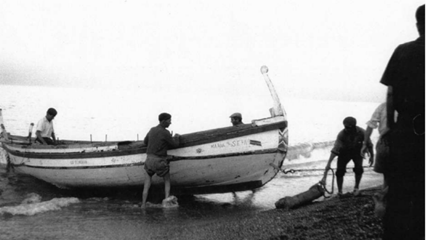
However, this fishing method is detrimental to the seabed and has been prohibited since the 1970s (González, 2018: 4). Since then, the purpose of the boats has shifted more toward sports and, as a result, the construction has changed (González, 2018: 20-21). Sadly, many of the traditional Jábega boats have been lost over time due to this and the introduction of new fishing methods to Malaga (González, 2018: 21). Thus, La Isabel is an invaluable example of the traditional fishing boat integral to the Jabegote culture.
After La Isabel‘s use life, the boat was bought by Archer Huntington who would go on to donate it to The Mariners’ Museum in the early 1930’s as one of our initial small craft. During its time at the museum, it has been stored and displayed both outdoors and indoors as can be seen in the images below. Over the years, the vessel has experienced some wear and so it’s currently being kept in climate-controlled storage and is in somewhat unstable condition.
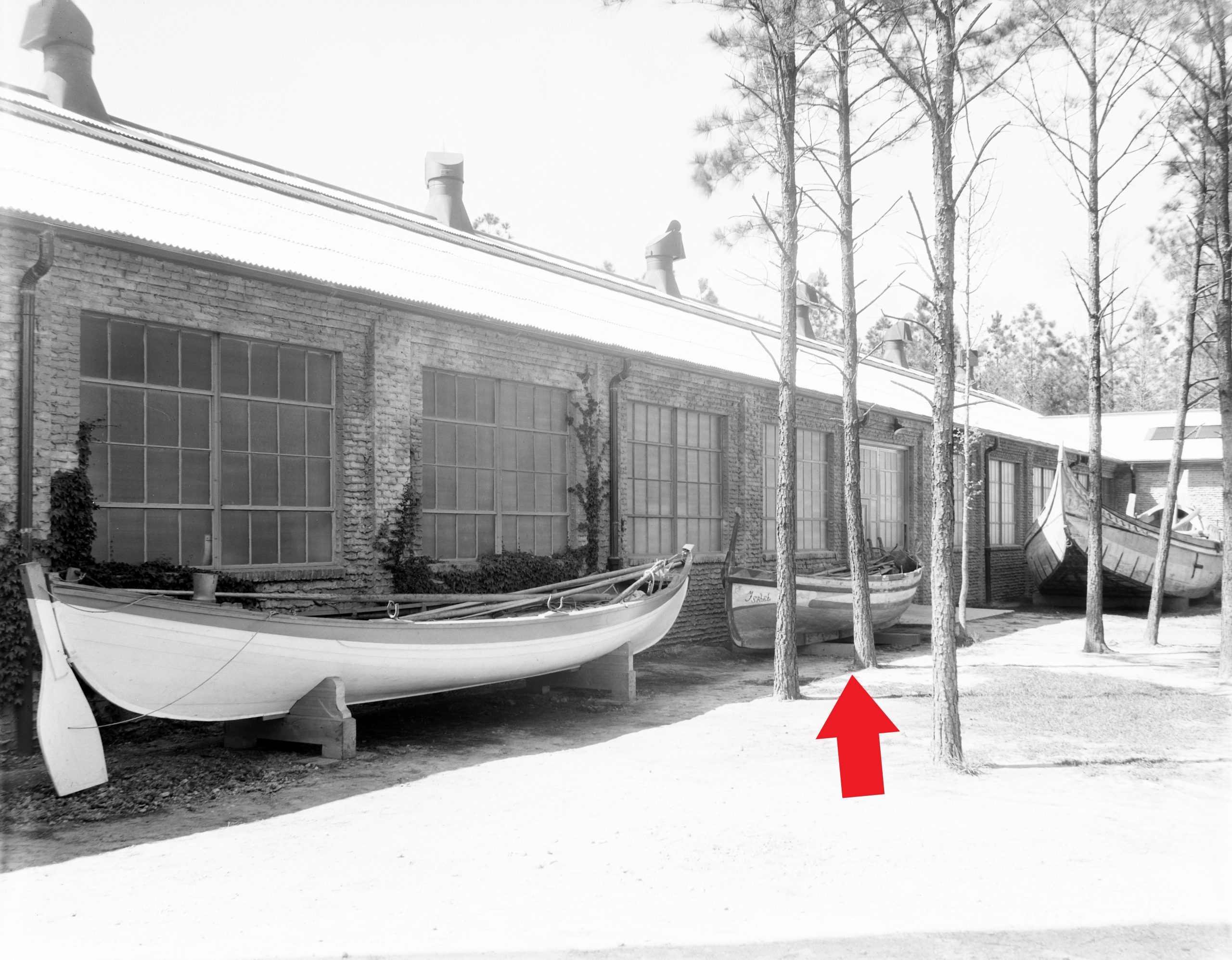
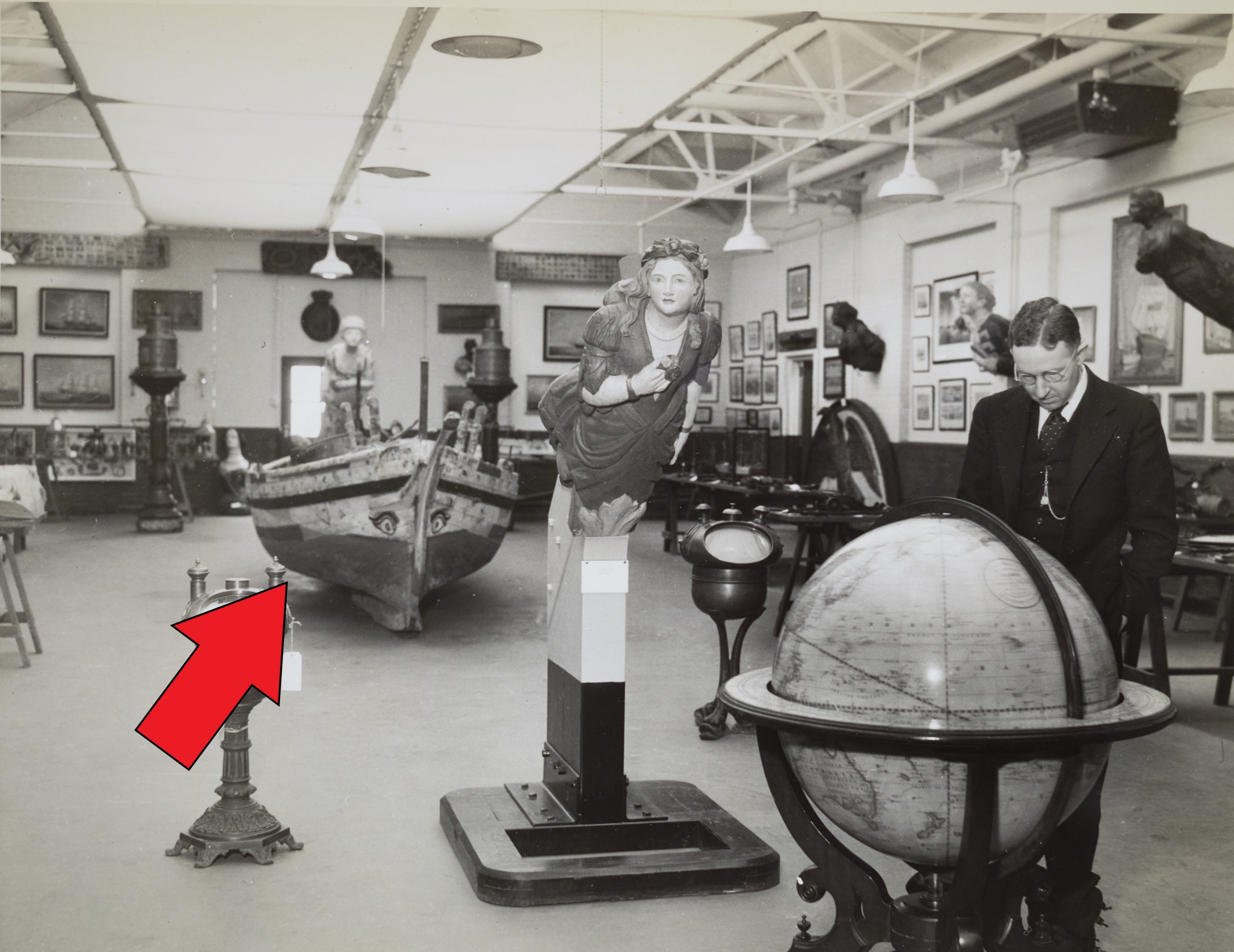
An International Conversation
After doing preliminary research, I had many questions about Jábega boats, Jabegote culture, and how La Isabel tied into that history. It was decided to reach out to Pablo Portillo Strempel and Irene Muñoz González as they have both written on the topic, Pablo even specifically wrote about La Isabel in his book La Barca Americana, and thus were excellent sources of information to assist us moving forward.
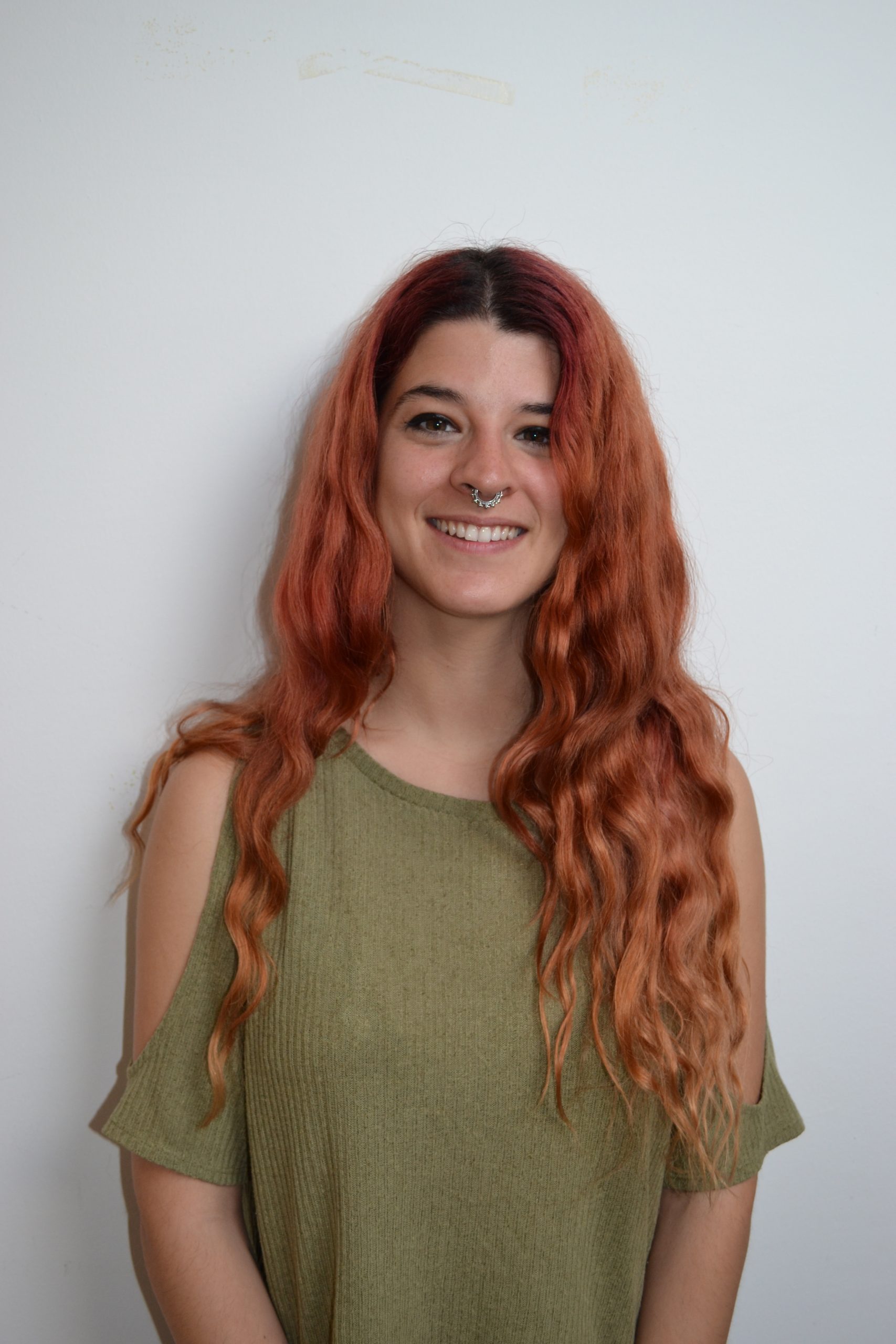
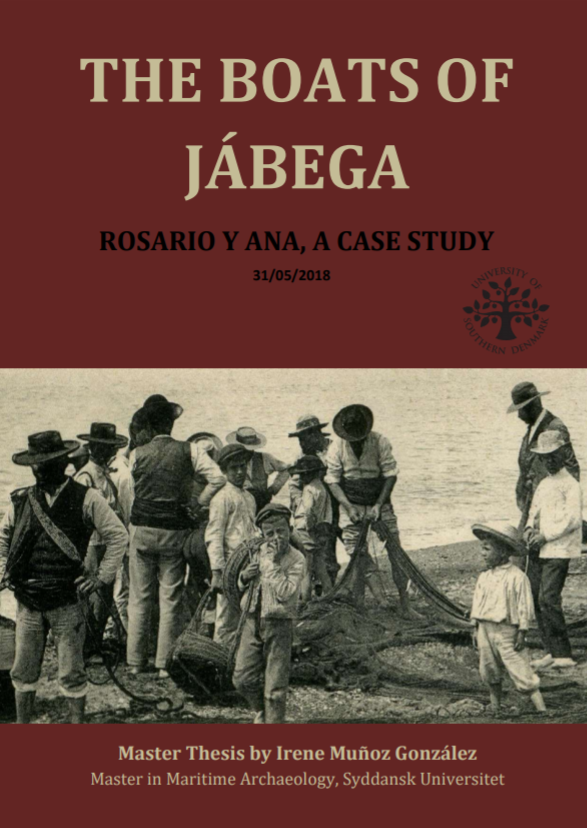

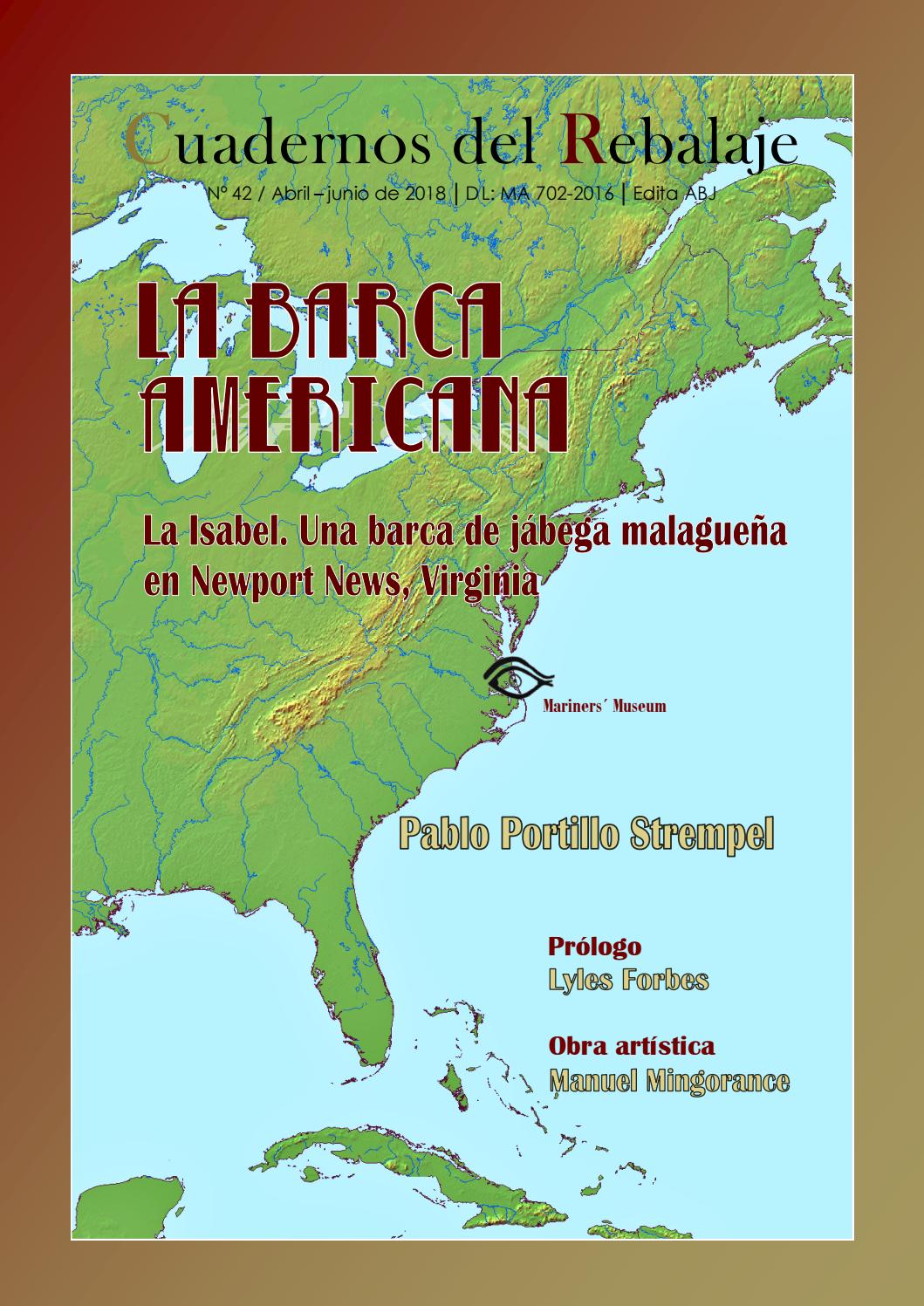
From our records and past research about the vessel, we suspected that La Isabel may be the oldest surviving example of a traditional Jábega boat. One of the most interesting insights Pablo and Irene gave was that they also shared this belief. This was particularly exciting considering the history of Jábega boats (tied back to the Phoenicians) and their role in Spanish culture. This belief along with the importance of La Isabel to the Museum as one of the first accessioned and displayed small craft highlighted even more so the importance of preserving this incredible vessel!
Additionally, being able to discuss with Pablo and Irene La Isabel and its importance to their own culture has been the best way to truly understand the vessel as we move forward with this project. I believe these connections and conversations beautifully exemplify our mission:
The mission of The Mariners’ Museum and Park is to connect people to the world’s waters, because that is how we are connected to one another.
Structure
After thorough research and with the assistance of Pablo and Irene, I was able to approach our next step of creating maps of La Isabel’s structure. As was mentioned in my previous blog post, I’ve been working with Maritime Archaeologist Hannah Fleming to create a photogrammetric model of the vessel. From these same images and using Agisoft Photoscan software, we created orthomosaics (static images with no distortion) of the sides, bow, stern, and interior of the vessel. These orthomosaics not only provide a full image of the boat but could also be used for mapping.
I decided to print these out so I could label the structural components as I was looking at the vessel. From there, I could translate this information to a digital version so I could create a comprehensive map of La Isabel‘s structure:
As I had learned about Jábega boat features, I was also able to note important structural components for the boat style. Some interesting examples include the espolón (or beak), which is typically portrayed as a snake’s head, and maniquetas at the bow that were used for anchoring Jábegas.
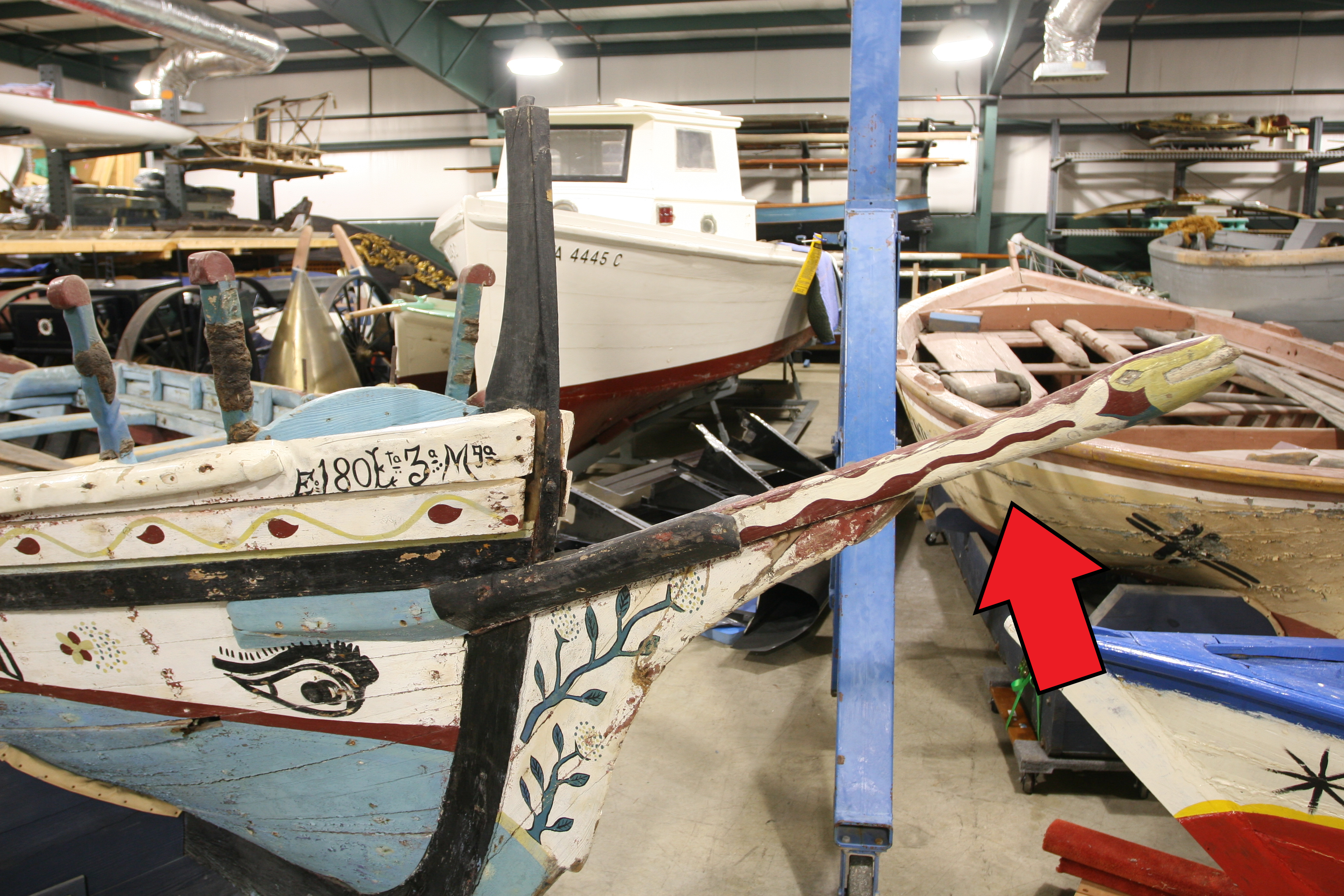
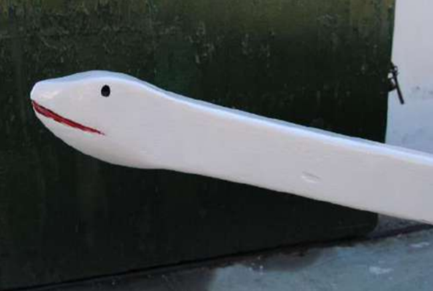
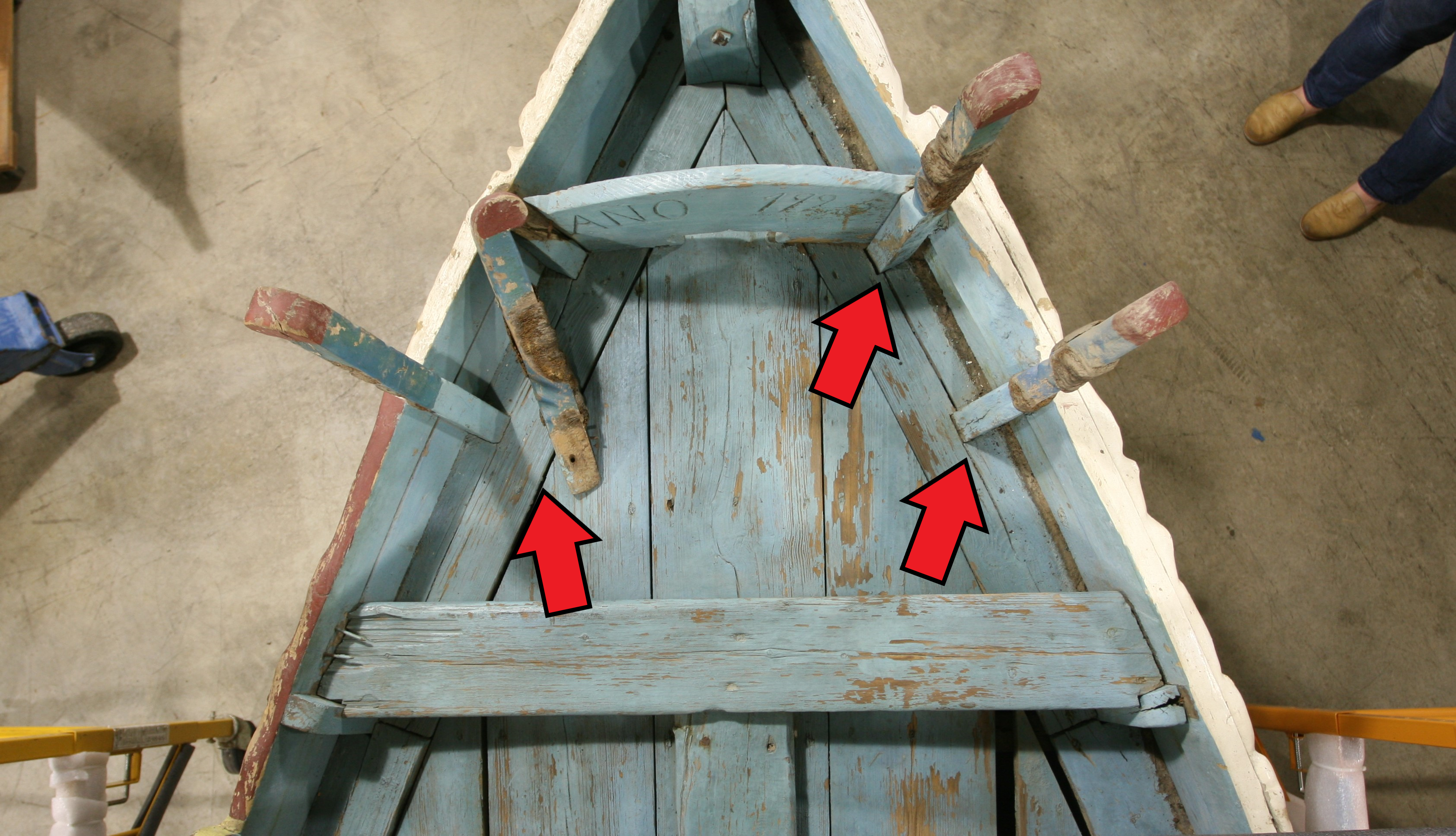
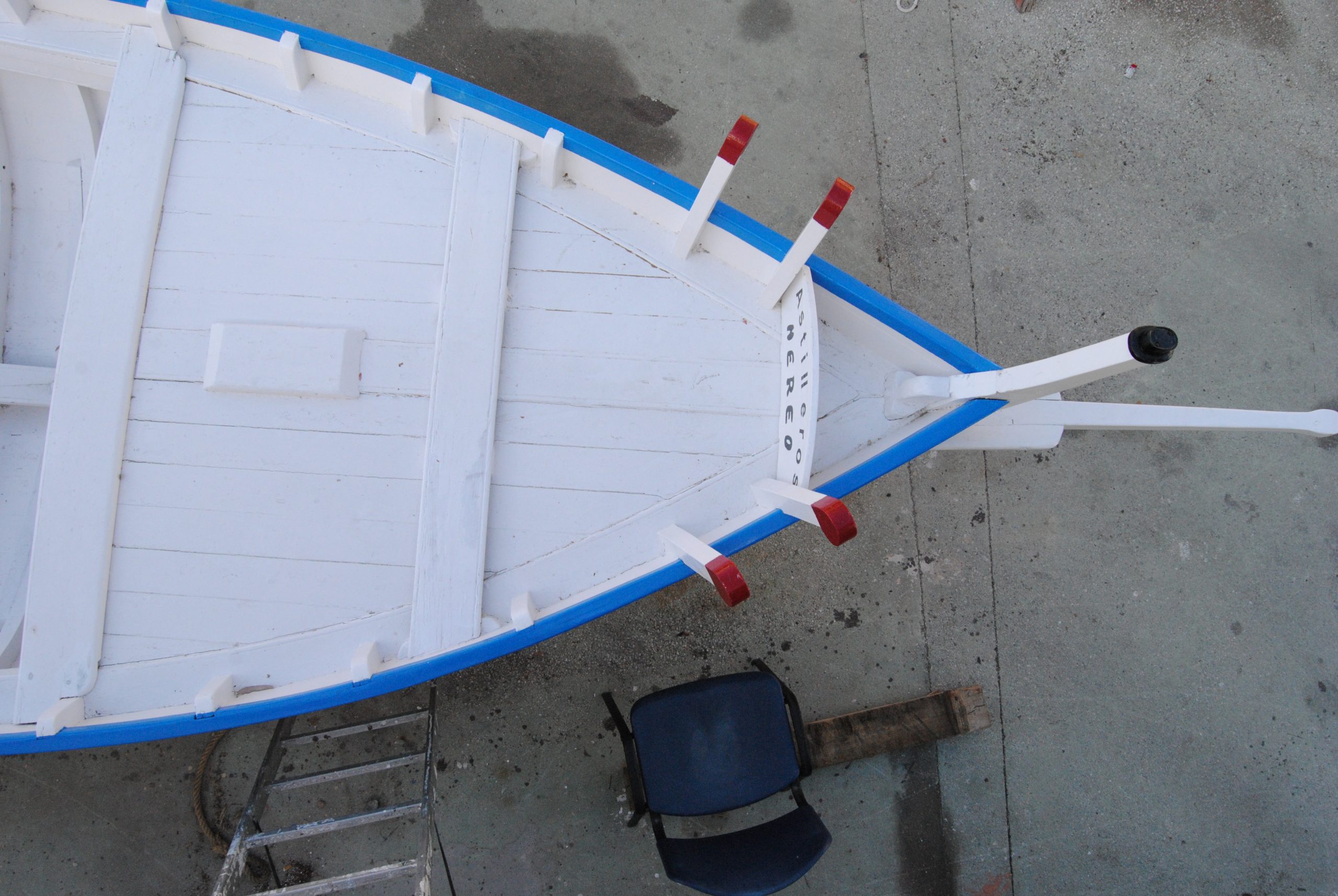
Condition
Once I completed the structural mapping, I was able to begin assessing the condition of the components. Using the same method, I mapped the issues I found as I was looking at the vessel and was able to translate those to a digital version:
Through this method, I could identify particular areas of concern (e.g. strakes that were unstable) and wider patterns of degradation (e.g. corroding iron fasteners damaging surrounding wood). These details help us to form an overarching understanding of the boat’s condition that is extremely helpful when considering the conservation process in the future.
Additionally, historical research assisted greatly in this process as well. For example, on the slipwale the wood has worn down immensely as it was where nets were pulled into the boat. For that component, and many others, understanding its history assisted us in determining why that degradation had occurred and its importance to the history of the vessel as a fishing boat.
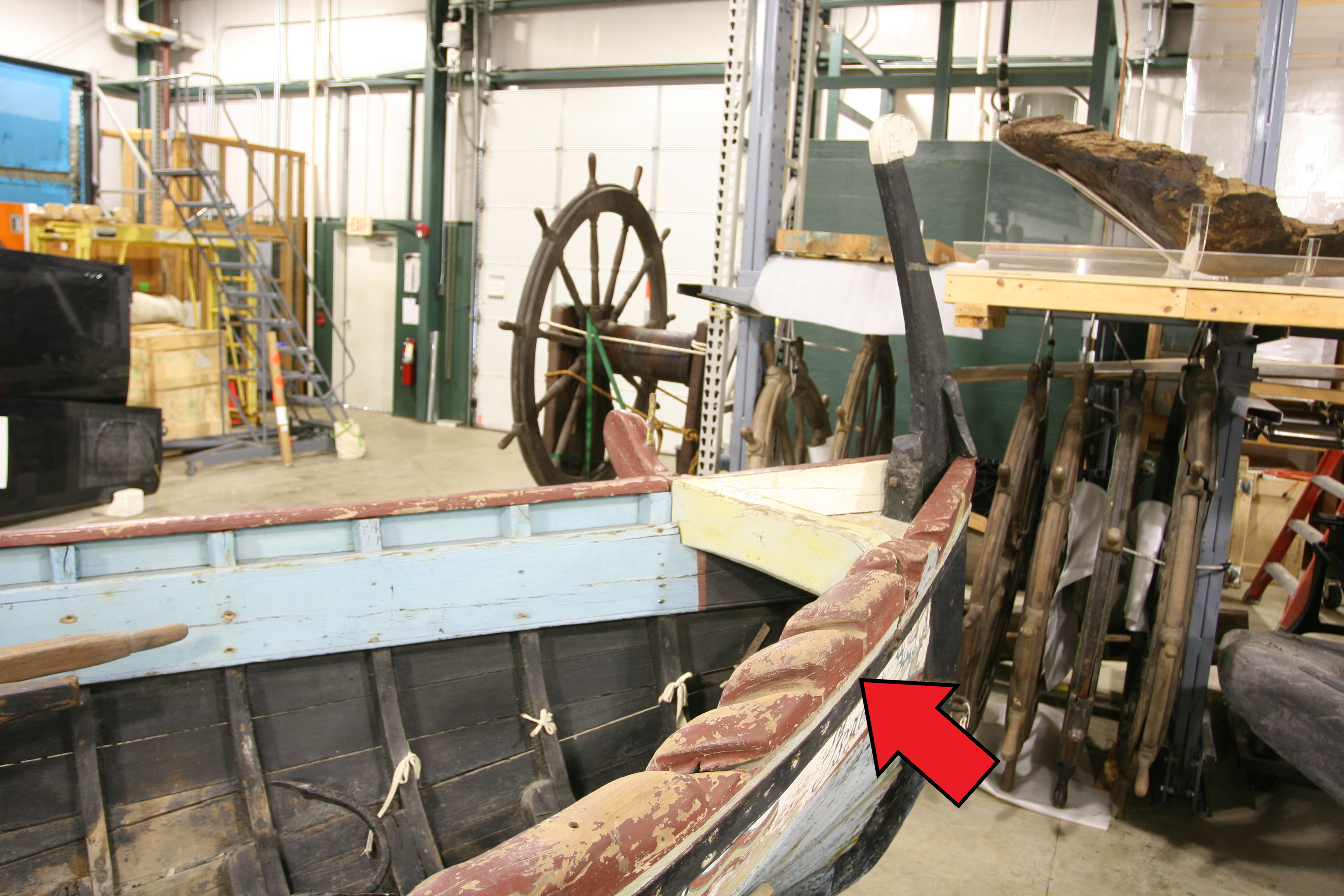
Thus, through researching and documenting the boat’s history, structure, and degradation, we’ve been able to develop a thorough understanding of La Isabel’s components and their condition. The knowledge gained from this and the maps created should serve as great tools as we continue to progress in this project and then eventually in the creation of a treatment plan to preserve La Isabel!
Well that’s all I have for now, but stay tuned for my next post discussing fiber and wood identification as we get to look at some of the science we as conservators utilize to understand artifacts!
Sources
González, I.M. (2018) “The boats of Jabega: Rosario y Ana, A Case Study”, Master thesis, Syddansk Universitet, Denmark.
Ramírez, J. (2020) “Málaga, retrato social de principios del siglo XX: Playas de El Bulto y Malagueta.” Available at: https://www.diariosur.es/sur-historia/malaga-retrato-social-20200327164829-nt.html [Accessed 10 October 2020].
